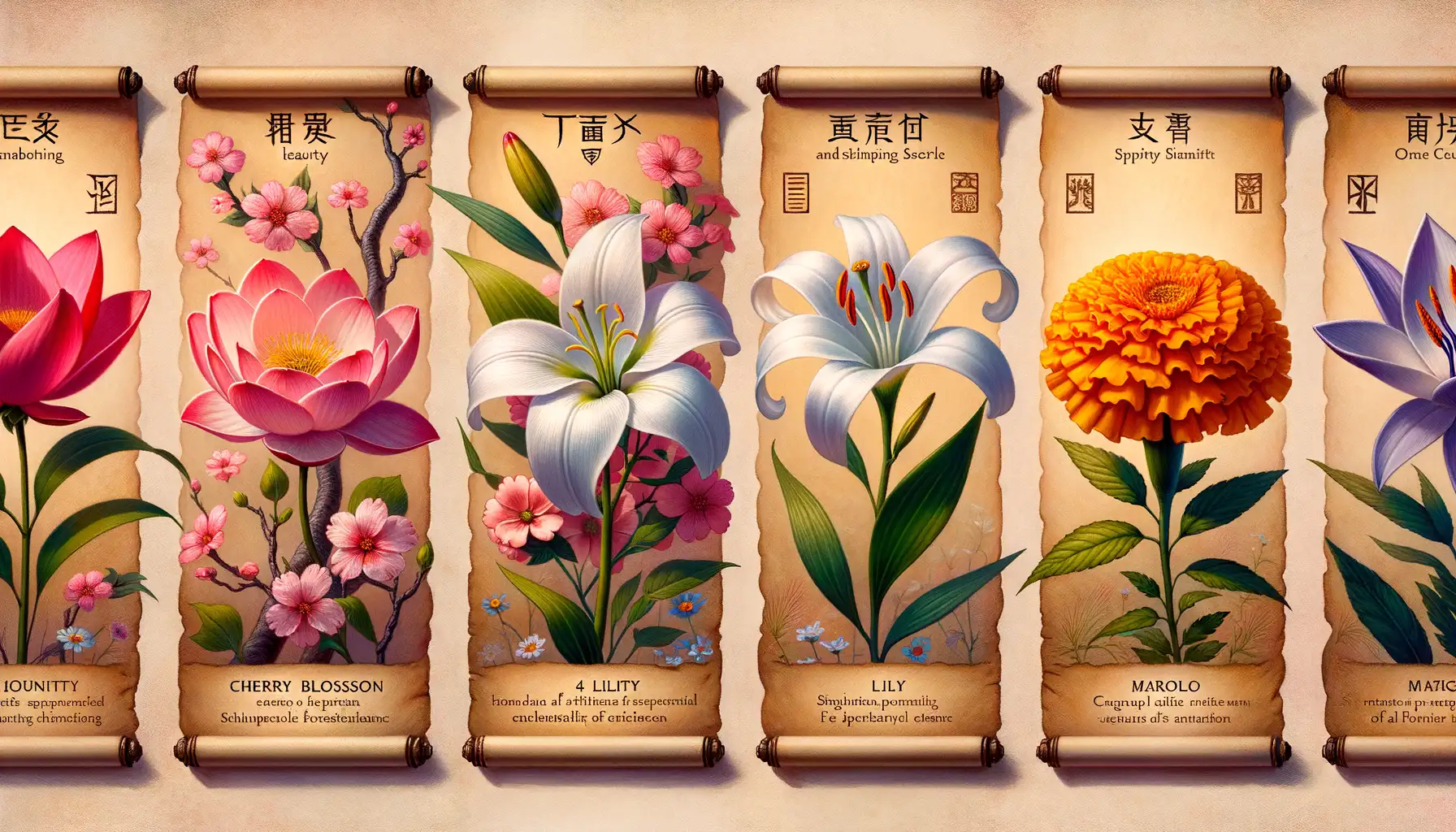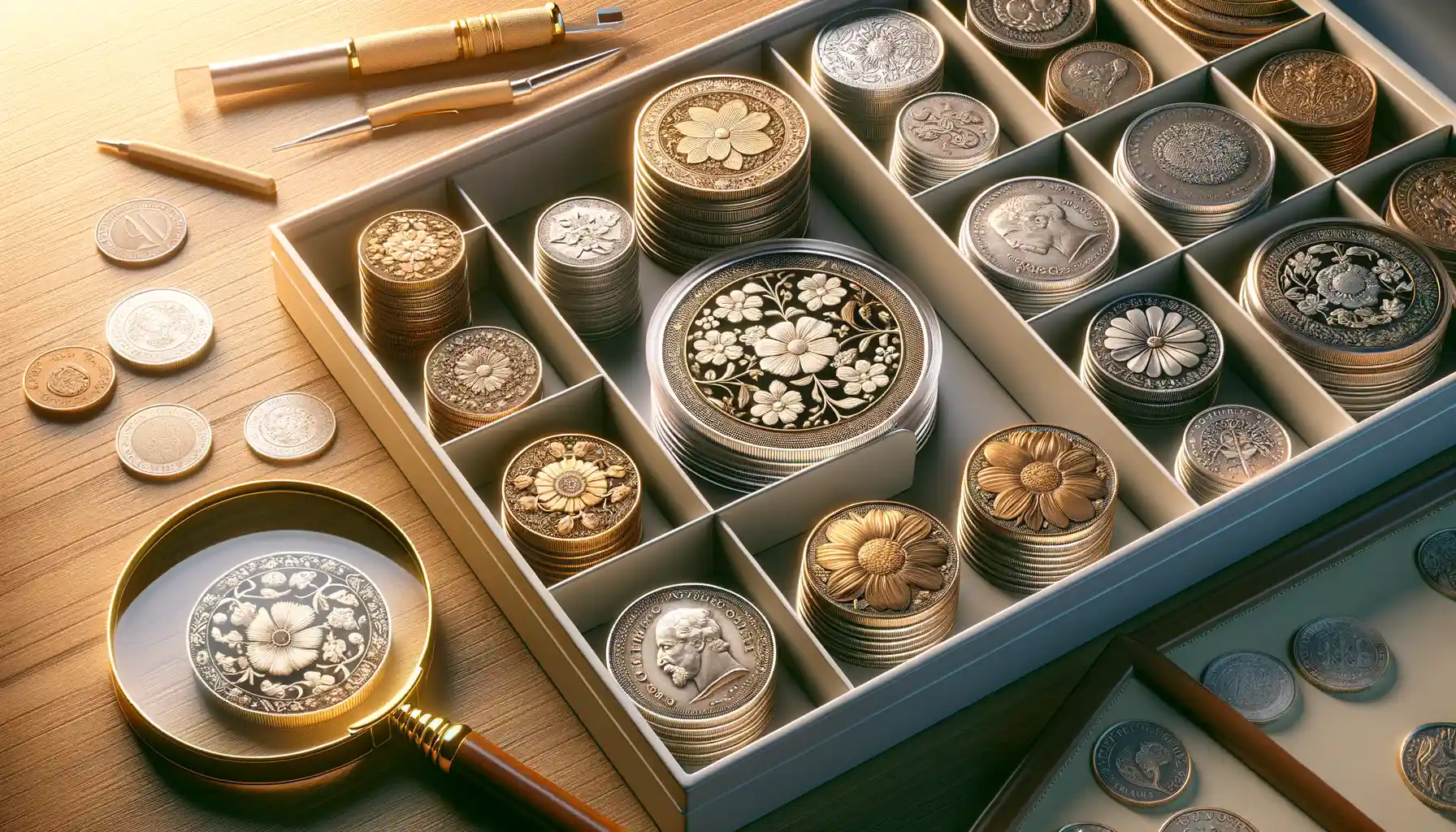Historical Significance of Floral Motifs in Coinage
Floral Patterns as Storytellers on Coins
Coins are more than currency—they’re miniature canvases, whispering tales of the past. And when it comes to floral motifs, these delicate designs often spoke volumes about a society’s values, ambitions, and relationship with nature. Picture an ancient Roman coin adorned with a laurel wreath. Think about it: that unassuming sprig wasn’t just decorative—it was a symbol of victory and honor, tied to heroic traditions and triumphs.
In medieval Europe, floral elements flourished in coinage, representing faith and beauty. The Tudor rose, for example, wasn’t merely a flower; it encapsulated the union of two warring English dynasties. Every petal told a story of reconciliation, hope, and rebirth.
- The lotus, gracing ancient Indian coins, symbolized spiritual purity and divine creation.
- Cherry blossoms on Japanese coins reflected fleeting beauty and the passage of time.
What makes this fascinating is the sheer universality—across centuries and continents, humans turned to flowers to express ideas too big for words. Who knew something as small as a coin could carry such poetic weight?
Powerful Symbols Hidden in Petals
Throughout history, rulers stamped their authority through blooms. A sunflower on a coin wasn’t just sunny decor; in 17th-century France, it symbolized King Louis XIV, the Sun King himself. These floral symbols weren’t random—they were deliberate, designed to instill loyalty and awe.
The charm lies in their subtlety. Unlike imposing shields or swords, floral designs brought a sense of grace to metal. They softened the edges of power, making rulers seem connected to the earth, to growth, and even to the divine. It’s extraordinary to think that something as ephemeral as a flower was immortalized in metal, bridging the gap between nature and human artistry.
Techniques Used to Engrave Floral Designs on Coins
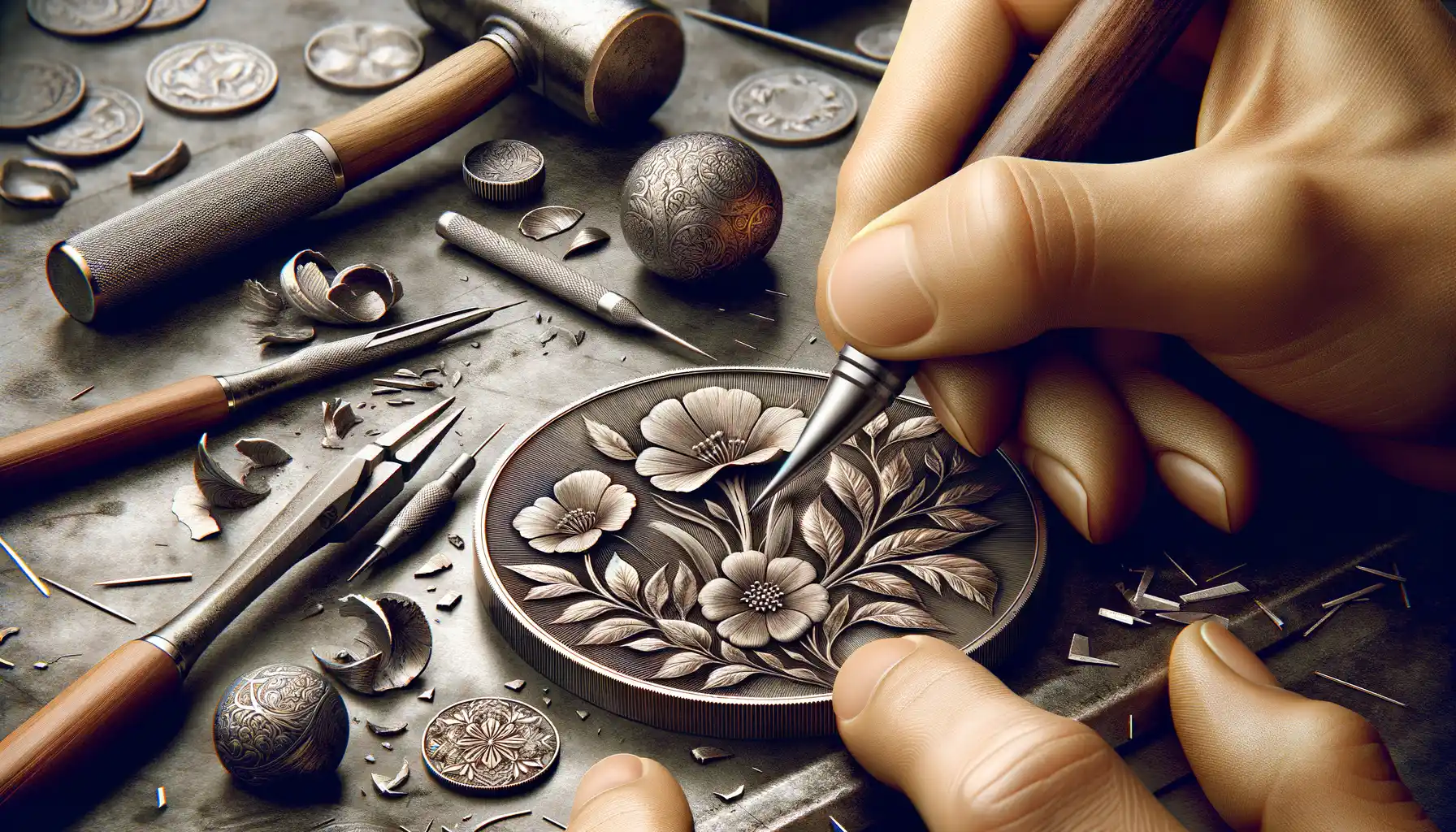
The Art of Carving Petals and Leaves on Metal
Imagine a master engraver hunched over their workbench, their tools gleaming under the light. To engrave intricate floral patterns onto coins is no small feat—each swirl and curve is like coaxing a bloom to life from the unyielding surface of metal. The process feels almost magical, yet it’s grounded in meticulous craftsmanship.
Some techniques are as ancient as the floral motifs themselves:
- Hand Engraving: Using fine, chiseling tools, artisans carve directly into the coin’s surface. This method requires a steady hand and years of practice to perfect those delicate petal-like details.
- Hub-and-Die Method: A more modern approach, where the design is first sculpted on a hub (a master tool). It’s then transferred to a die, which stamps the coin with incredible precision.
- Laser Etching: Precision meets technology—high-powered lasers replicate floral designs with astonishing accuracy, even capturing veins on leaves or the curve of a rose petal.
From Soft Wax to Solid Steel
Before engraving tools even touch metal, many designs are born in softer mediums like wax or clay. Why? Because these materials let artists experiment with textures and shapes, making adjustments without the permanence of steel. Picture an artisan shaping a lotus blossom in wax—each fold and detail refined until it’s just right for the coin’s final design.
When it’s time to immortalize the design in metal, techniques differ depending on the era. During the Renaissance, for instance, careful hammer-and-chisel work transformed blank surfaces into botanical masterpieces. Today, computer-aided designs meet this timeless craft, ensuring both speed and artistry coexist. It’s a meeting point of ancient tradition and modern ingenuity—a perfect mirror of the timeless beauty of flowers themselves.
Cultural and Symbolic Meaning of Floral Patterns
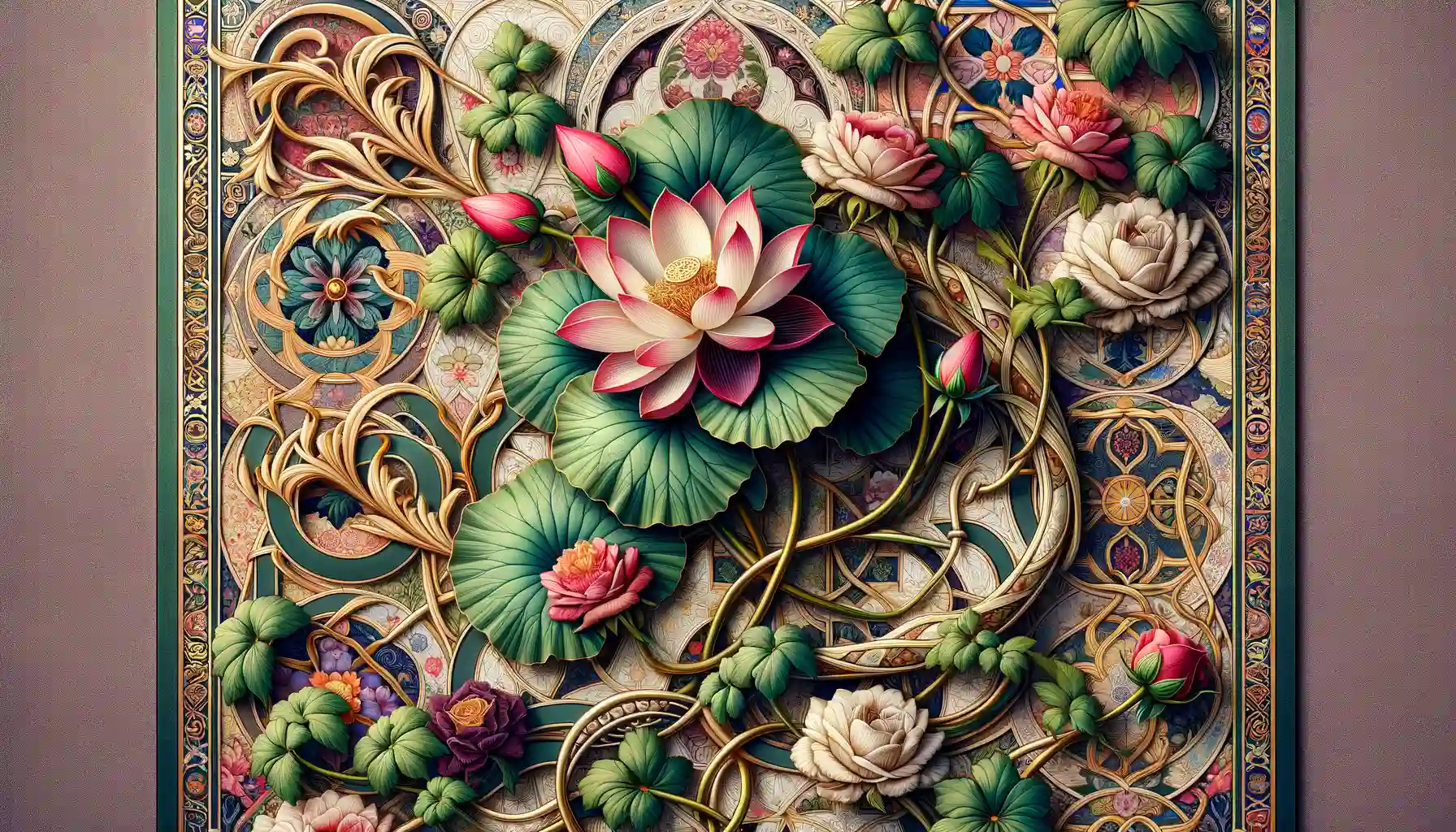
The Language of Flowers in Coin Art
When you think of coins, floral patterns might not immediately spring to mind. But did you know these intricate designs often carry deep cultural roots? Across history, flowers on coins have been far more than decoration—they’ve acted as storytellers, symbolic messengers, and even a nod to national identity.
Take, for instance, the majestic lotus motif, commonly seen on coins from ancient India. Beyond its aesthetic appeal, the lotus is a symbol of purity rising above adversity—a deeply spiritual reminder every time the coin exchanged hands. Similarly, in Medieval Europe, the delicate rose engravings on some currencies weren’t just pretty; they were secretly embedded with political allegories tied to the Wars of the Roses.
- The cherry blossom on Japanese currency signifies renewal and the fleeting beauty of life.
- In Middle Eastern coins, floral arcades like vines and arabesques evoke themes of paradise and eternity.
Floral symbols whisper stories of hope, triumph, and heritage. It’s like holding a garden flooded with meaning, compressed into something as small—and powerful—as a coin. Can a bouquet tell your history? Coins think so!
Emblems of Regional Identity
Each floral choice reflects a piece of the culture it hails from. In regions bound by agriculture, flowers like wheat sheaves or olive branches on coins symbolize abundance. For example, Ancient Greek drachmas often included laurel wreaths, not just for their ties to victory but also as a subtle nod to the divine favor of Apollo.
Even today, countries embrace their floral pride through coinage. Consider Canada’s use of the maple leaf—its sharp edges and bold lines capture the quiet strength of an entire nation. Or think of South Africa’s protea emblem, celebrating uniqueness and resilience with its exotic bloom. These designs don’t merely decorate metal; they crystallize identity, connecting past and present in ways both intimate and iconic.
Case Studies: Examples of Floral Patterns in Different Eras
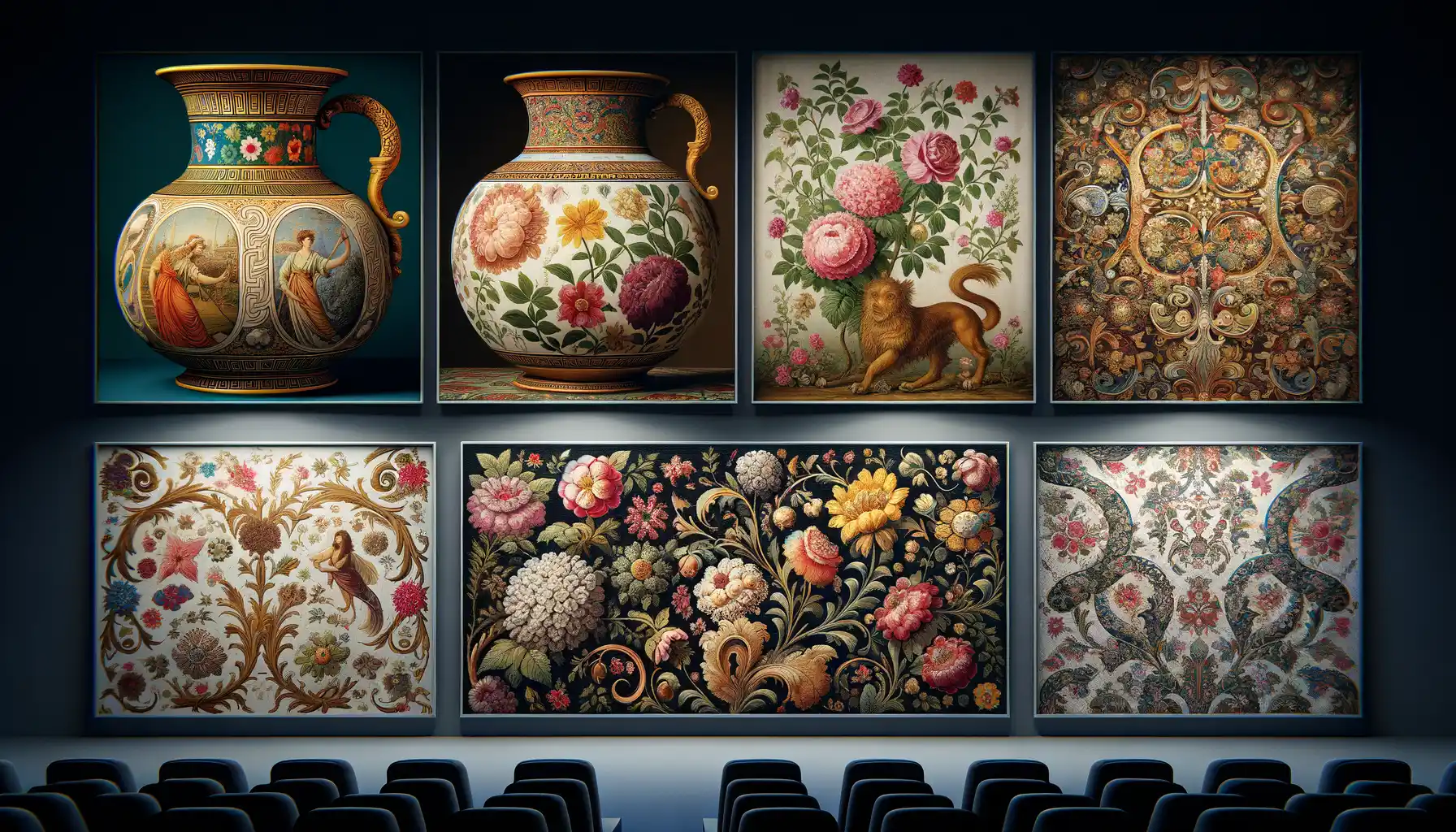
A Glimpse at Floral Artistry in Ancient Coinage
Step back into the Classical era, where coins weren’t just currency—they were storytelling devices. Let’s look at ancient Greece, where the use of floral motifs was both deliberate and breathtaking. Picture this: a delicate *rose* engraved onto a silver drachma from Rhodes. The petals aren’t just decorative; they symbolized the island itself, celebrating its mythological connection to the sun god Helios.
Now, shift your gaze to India’s Gupta Empire. Here, floral patterns danced across gold dinars, often intertwining with images of deities. Take the sacred *lotus*, for instance. Each carved petal feels alive, subtly reminding us of its profound spiritual meaning: purity and divine beauty. These craftsmen weren’t just minting coins—they were shaping sacred art you could carry in your pocket.
- China’s Tang Dynasty: Paper money didn’t yet exist, so bronze coins featured stylized blossoms like chrysanthemums, symbols of longevity.
- Medieval Europe: Floral engraving blossomed again, with roses gracing silver shillings to signify ties to royalty and power.
The Renaissance Revival: An Explosion of Botanical Elegance
Fast forward to the Renaissance, when art spilled into every corner of culture—including coin minting. Imagine Venetian ducats adorned with intricate *vine leaves*, their sharp detail showcasing advanced engraving techniques. Or French coins, where the *fleur-de-lis* became a national emblem, wielding its proud symbolism with every delicate stroke. These designs weren’t random but infused with purpose, connecting citizens to the bloom of newfound cultural identity.
Floral Patterns’ Influence on Modern Coin Designs
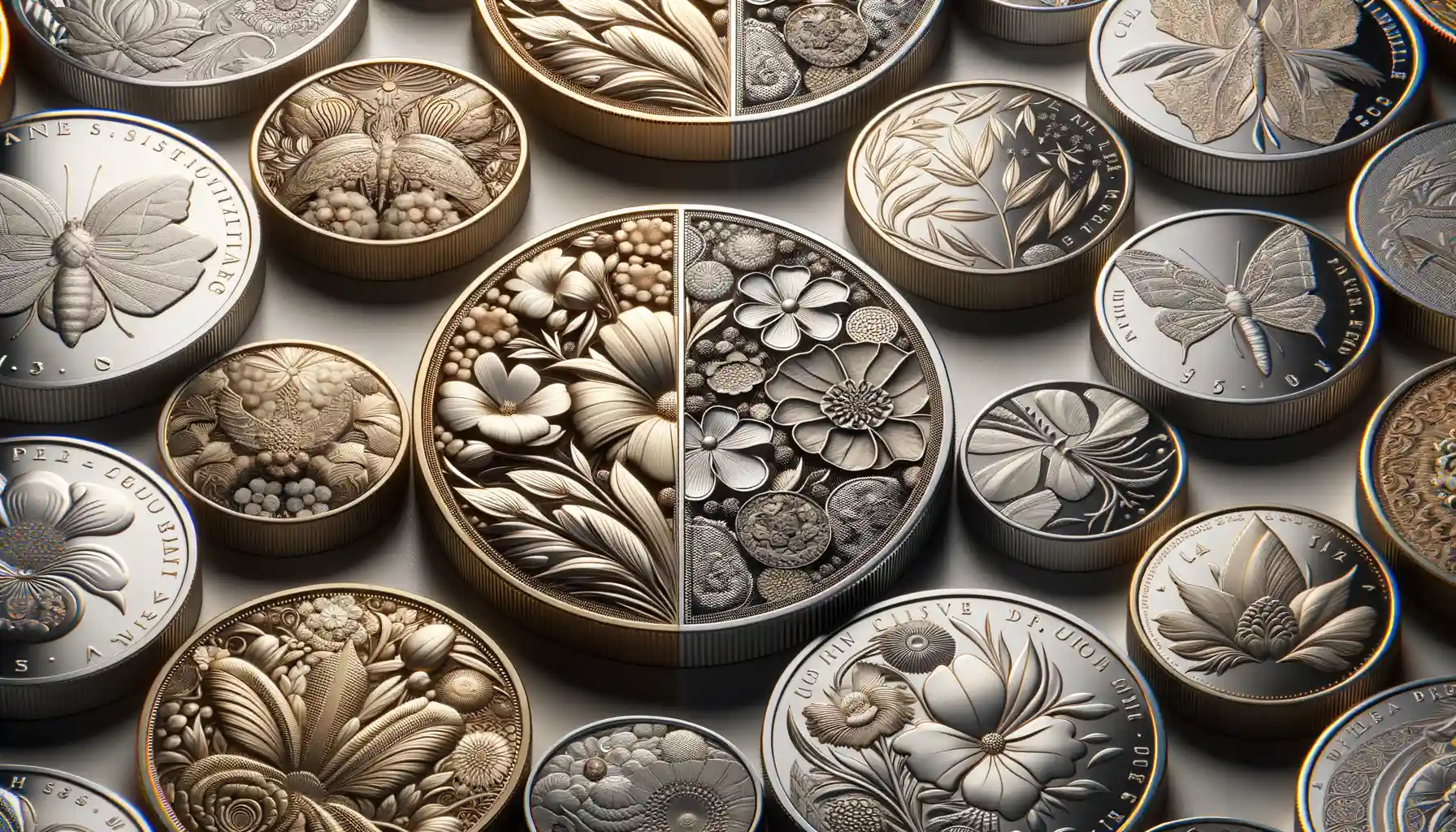
The Blossoming Impact of Floral Art in Contemporary Coinage
Step into the world of modern coin design, and you’ll notice something intriguing: a timeless dance between tradition and innovation, with **floral patterns** leading the waltz. Today’s coins are not just currency—they’re mini works of art, where meticulous craftsmanship meets cultural storytelling.
Take a moment to imagine holding a coin adorned with delicate engravings of blooming cherry blossoms or intricate vines. These designs evoke powerful emotions, resonating deeply with collectors and casual admirers alike. Why? Because flowers have this uncanny ability to speak a universal language: one of beauty, renewal, and identity.
Modern mints often weave floral elements into their designs for a variety of reasons:
- Nostalgia: Reimagining motifs from centuries past creates an emotional bridge between history and today.
- Symbolism: National flowers, such as Canada’s Maple Leaf or India’s Lotus, are used to evoke pride and heritage.
- Innovation: Advances in laser engraving now allow hyper-detailed depictions of petals, textures, and even dew droplets on coins.
Notable examples include the UK’s £1 coin series celebrating the national flora of its regions, or Australia’s glowing tribute to wildflowers, proving that in the modern era, floral designs remain as fresh as ever.

